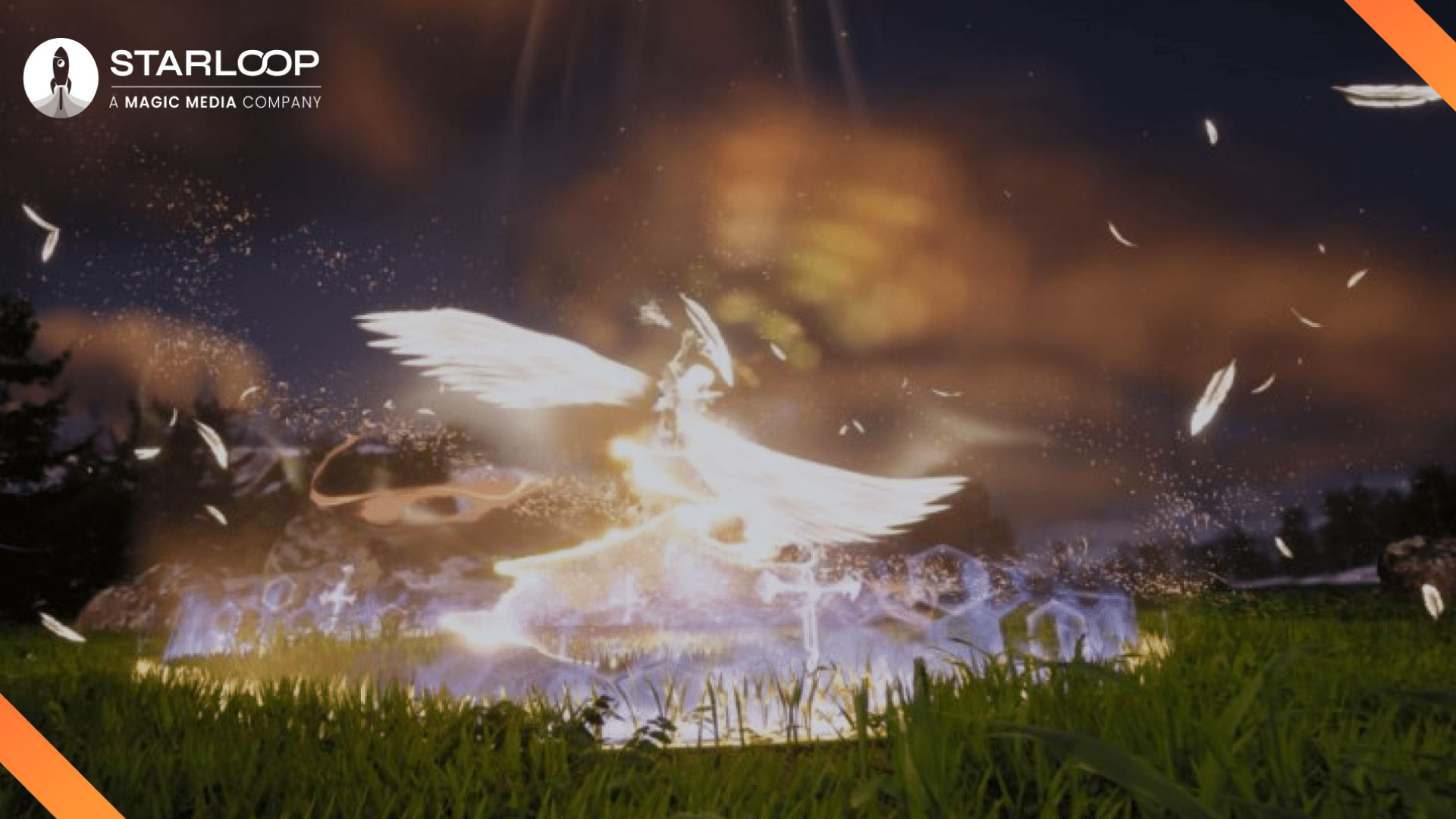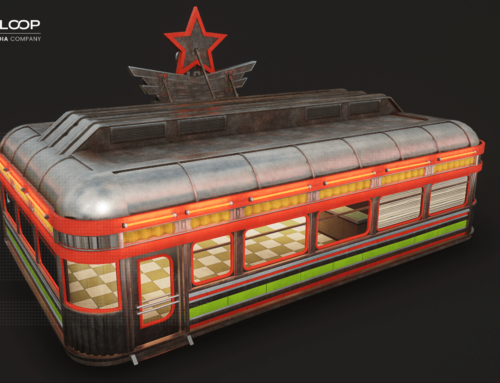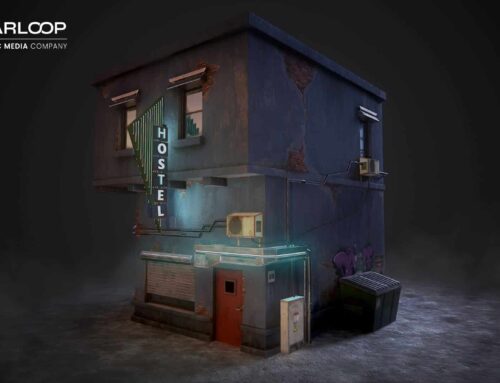The gaming industry as it is in the modern era is unrecognizable compared to its formative years in the 70s, 80, and 1990s. Even the most modestly budgeted modern games dwarf early titles in terms of scope, depth, and vision. This, of course, is largely to do with the hardware limitations of the industry’s early days and the significant technological advances made in the subsequent decades.
One specific aspect of games that has seen major strides is the use of real-time VFX. Where it was practically non-existent several generations ago, its use is widespread in the contemporary gaming industry. From single pixels to incredibly realistic explosions and running water effects, real-time VFX has seen unprecedented evolution within the gaming industry.
The Early Years
The early days of gaming featured little to no use of VFX, either real-time or pre-rendered. Games like Space Invaders and Pong featured minimalistic visuals with just a handful of colors. The closest thing to a special effect seen during this very early period was the primitive explosion effects when an alien ship was destroyed in Space Invaders.
Though such effects could be produced with ease in modern game development by a VFX specialist, these effects were considered to be mind-blowing for interactive entertainment at the time and paved the way for what would come in the 1980s.
Developments in the 1980s
As the gaming industry moved forward into the 1980s, developers became more well-versed in using the 8-bit systems that were available at the time. Visual effects became more complex and pushed the gaming systems to their limits. Games such as the original Mega Man on the Nintendo Entertainment System featured groundbreaking visual effects such as explosions, weapon projectiles, and lasers in more color and detail than ever.
The 1980s would see the introduction of 16-bit consoles capable of twice the visual output of the previous generation. The Sega Genesis (or Sega Mega Drive) and Super Nintendo Entertainment System (SNES) ushered in a new age of detailed visual effects. Games like Sonic the Hedgehog and Super Mario Bros. brought incredible sprite-based effects, scrolling backgrounds with parallax effects, and never before seen particle effects.
The Advent of 3D Games
The arrival of 3D games brought with it significant leaps in visual effects. The Legend of Zelda: Ocarina of Time, still considered one of the greatest games of all time, featured engrossing particle effects for magic, water, fire, and countless others to provide a sense of immersion that was arguably unthinkable before 3D games broke out in the industry.
Games such as Resident Evil and Baldur’s Gate were immensely popular partly due to their stunning pre-rendered visual effects. As opposed to the real-time VFX we see in every game these days, pre-rendered visuals aren’t rendered during the moment-to-moment gameplay. Though this became popular during the 90s, pre-rendered visual techniques would herald a greater focus on real-time effects
Advancements in the 2000s
Through the use of game engines such as Unreal and Unity, game developers could now generate visual effects on the fly in real-time. With the increased power of consoles like Xbox and PlayStation 2, and later Xbox 360 and PlayStation 3, visual effects became more stunning than ever. This period saw the popularization of real-time lighting and shadow effects, which enabled game worlds to look more lifelike than what had previously been possible.
Many titles of the period saw overall visual enhancement through cinematic effects like motion blur, bloom, and occlusion. The Mass Effect series in particular has made frequent use of these techniques to improve overall visual fidelity. Ray tracing, a graphical process used to simulate light, has proven to be a game-changer for building immersive worlds with incredible lighting effects. Physics simulations in modern games are second-to-none and can create true-to-life interactions with game worlds. More than ever, real-time VFX is critical to immersing players in games and communicating crucial in-game information to them.
Look no further than Starloop Studios for all your gaming project needs, including stunning real-time VFX. Contact us today to learn more.
The wider Magic Media proudly offers a range of comprehensive services across dozens of disciplines, including full-cycle game development, video production, and more. Get in touch today, and let’s create magic!



